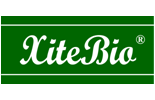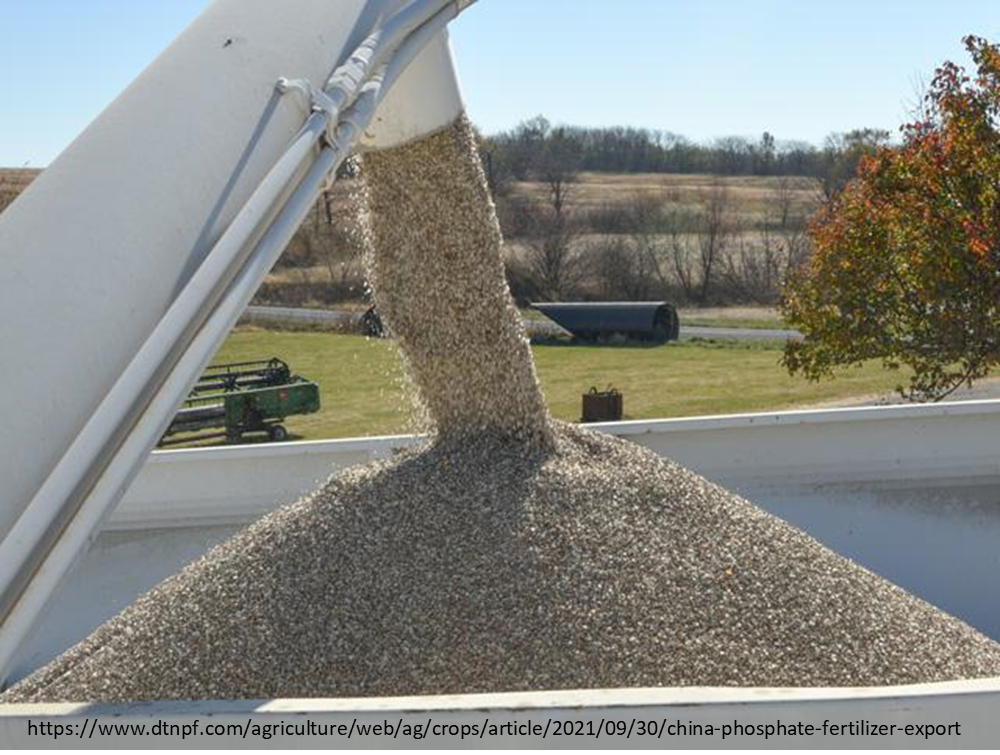Every grower knows, phosphorus (P) is crucial for healthy plants and larger yields. But P fertilizer supply, especially this year is low and where it is available the prices are sky high. Part of the reason P fertilizers are becoming more expensive and less available is the fact that the majority of the P in the fertilizers comes from mineral P sources, a dwindling non-renewable resource. But how is the mineral P sources turned into P fertilizer? In this week’s edition of Growing Possibilities, we will be exploring where P comes from and how it is turned into P fertilizer.
Currently, the majority of P is retrieved from rock P deposits from around the world. Many of the P deposits are sedimentary deposits from old ocean floors, but they may contain other minerals which can contaminate the end product. Phosphorous deposits are also found in igneous rock (from lava deposits), which contains less contaminates. Phosphorous rock itself is not soluble, so plants cannot use it directly to fulfill their P needs. To get the P from the rocks, acids like sulfuric, phosphoric or nitric acid are used (1). To get the P out of the rocks, the rocks are finely ground to increase their surface area. Then the ground rock is treated with acid to produce a few different products. Sulfuric acid is used to make superphosphate, which is 85-90% soluble in water. Sulfuric acid can also react with ground P rock to create phosphoric acid. Phosphoric acid itself is corrosive, so the phosphoric acid is reacted with ground P rock to produce triple super phosphate (TSP). Phosphoric acid can also react with ammonia to create both monoammonium phosphate (MAP) and diammonium phosphate (DAP) (2). Lastly, nitric acid with rock P produces two different products: calcium nitrate and nitrophosphates which are combined with potassium to produce NPK (1).
Out of all the P fertilizer products, the most commonly traded and used P fertilizer is DAP, followed by MAP. One reason why MAP and DAP are so popular is that they are compatible with urea, which is the most common nitrogen (N) fertilizer. Both MAP and DAP are good for planting because they are concentrated, fully granulated, the P is in plant available form, plus they supply P along with N. MAP and DAP are created by mixing phosphoric acid and ammonia together. MAP has approximately an even ratio of N to P, making it great for planting when too much N might be an issue. DAP has approximately twice the N per P, meaning it supplies about double the N as MAP while providing the same amount of P. Both MAP and DAP dissolve readily in the soil once applied to provide the plants with nutrients (3). But once the weather begins to cool, the P gets bound to the minerals in the soil and is no longer available for the plants. Approximately 0.1% of the total soil P is available to plants, the rest is bound to minerals. Researchers suggest that the accumulated P in agricultural soils could sustain crops worldwide for 100 years if it were available for the plants (4).
One way to release bound P is through the use of phosphate solubilizing bacteria (PSB). PSB, like the Bacillus species found in XiteBio® Yield+, are great for your plant fertility program because they can increase your plants’ access to soil phosphates throughout the growing season. PSB break the bonds between phosphates in the soil and soil particles that bound them, creating plant-available phosphate and increasing the efficiency of your fertilizer application (4). This solubilization doesn’t just increase the P coming from your fertilizers either; XiteBio® Yield+ also solubilizes fixed phosphates naturally present in the soil or leftover from previous fertilizer applications. That’s why applying XiteBio® Yield+ in-furrow or post emergent to all of your crops next spring could really be a good idea!
References
- https://www.yara.com/crop-nutrition/why-fertilizer/production-of-fertillizer/
- https://www.sciencedirect.com/topics/agricultural-and-biological-sciences/phosphorus-fertilizers
- https://www.incitecpivotfertilisers.com.au/~/media/Files/IPF/Documents/Fact%20Sheets/35%20MAP%20and%20DAP%20Fact%20Sheet.pdf
- https://springerplus.springeropen.com/articles/10.1186/2193-1801-2-587


